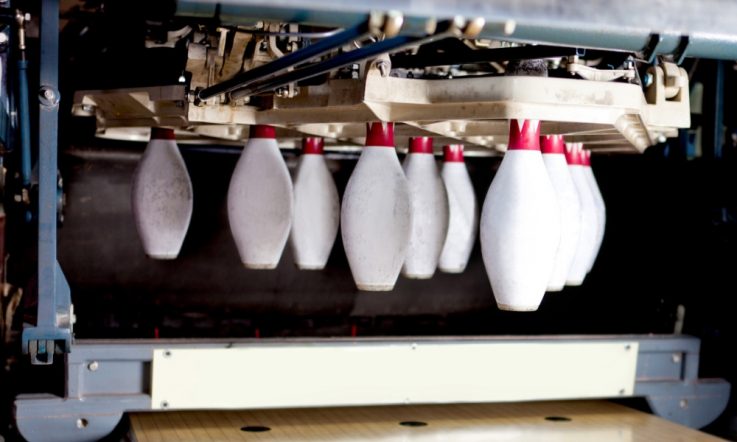Our latest reader submission looks at research into the sources of stress for secondary teachers. In the first of two articles, Teacher editor Jo Earp explores a project helping schools use evidence-informed approaches to support staff wellbeing.
Schools are busy places, very busy places. Whatever your role, opportunities during a typical working day to stop and think about your own wellbeing are probably fleeting.
Being supported by a whole school framework can make a difference.
In 2011, Independent Schools Queensland (ISQ) launched a three year Staff Wellbeing Project and member schools were invited to apply for funding to develop their own strategies and approaches.
The project was built around three core components: exploring the dimensions of wellbeing; using participatory pedagogies (everyone working together to come up with solutions); and fostering a culture of genuine mutual respect.
Although the initiative began in 2011, the momentum had been building for a number of years.
Jenene Rosser is Executive Manager (Australian Curriculum) at ISQ. She says the peak body has worked for a long time with member schools to support student wellbeing initiatives and adds that, for several years now, teachers in all sectors have been concerned that they've been looking after students' wellbeing when their own wasn't necessarily at its best.
In 2011, Rosser was supporting the implementation of the Australian Curriculum in the state. 'It was clear to me that if we were asking teachers to make huge [changes], we needed to do something at the sector level in terms of supporting staff wellbeing.'
ISQ had already been working with Jo Mason of Mind Matters and wellness consultant Rod Lees during 2009 and 2010, supporting schools to use one of two models of wellness to develop staff wellbeing. One model has six dimensions (social, intellectual, spiritual, physical, emotional and occupational), and the other has nine (intellectual, physical, emotional, work, social, spiritual, environmental, financial and cultural).
'In 2011 we [developed it further] and started to say that that content and that knowledge of what makes a healthy person, and therefore a healthy staff, is one aspect. But, we need to build on that and we need to talk about how people will interact and learn,' Rosser explains.
That meant adding two more components - participatory pedagogies, from the work of Associate Professor Helen Cahill in Melbourne, and a focus on building a culture of mutual respect.
'... of understanding each other as human beings, rather than just a role. You know [instead of] "You're the photocopy lady and where's my photocopying?" it's "you're Susan and you're caring for your sick Mum". So, connecting, developing those relationships across staff in a really respectful way.
'We spent a lot of time talking about positive psychology, positive culture. It sounds like a cliché, but there's now research to show that it really does make a difference to way people approach problems,' Rosser adds.
The three year initiative was funded by the Australian Government. In the first year, 13 schools took part and by 2014 that number had grown to 38.
'Some schools that started in 2011 didn't finish, because they got to a point where they were fine to just go on their own. Some schools came in after the 2011 start and it didn't matter - they came when they were ready.'
To qualify for the $2000 grant participants needed to meet certain deliverables, including having a plan and a facilitation team that attended a series of PD sessions. But ISQ didn't want a cookie cutter approach - schools were encouraged identify their areas of need and develop their own approaches.
'Some schools wanted to, for example, get a lot of data around whether it made a difference to their teacher sickness days and things like that,' Rosser says. Another focused on two of the dimensions (physical and social/emotional) and had one staff member driving each area. One common approach among the schools was to set up a staff wellbeing committee, with members championing different dimensions.
Professional development days held throughout the year offered a chance to discuss ideas, explore research perspectives and share project progress, including the challenges. At the end of each year, schools celebrated their successes at a showcase event.
Although the Staff Wellbeing Project has now ended, this year participants have been offering inspiration through the sharing of their project stories. In the next article, we'll take a look at how some of the schools involved approached the challenge of supporting staff wellbeing.
Does your school have a student wellbeing strategy? What about a staff wellbeing strategy?
Click on the link to find out about the Six Dimensions of Wellness model, developed by the National Wellness Institute in the US - one of the models used in the ISQ project.



